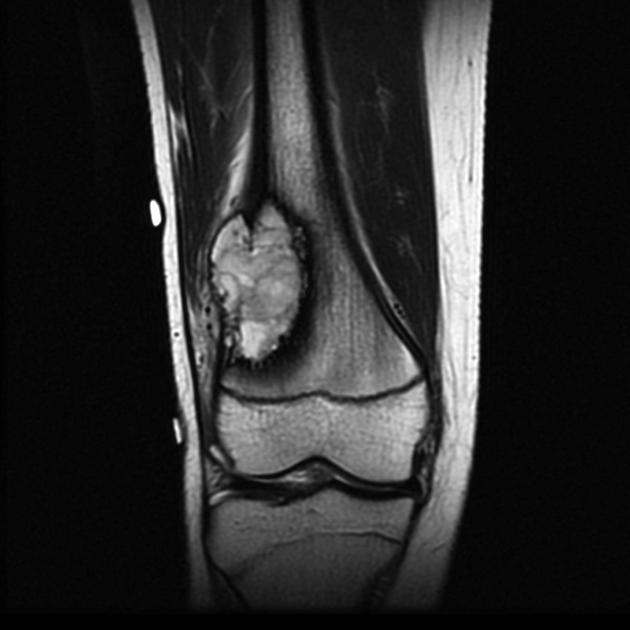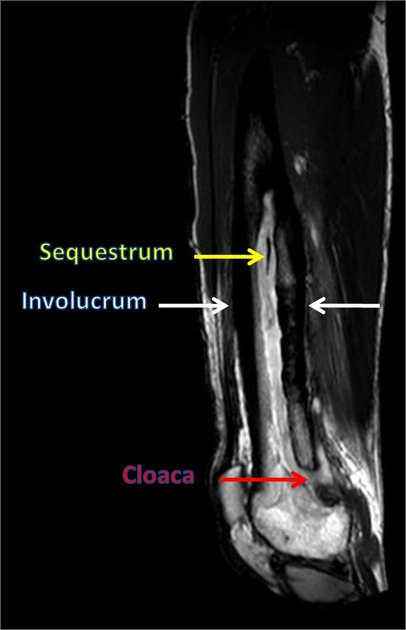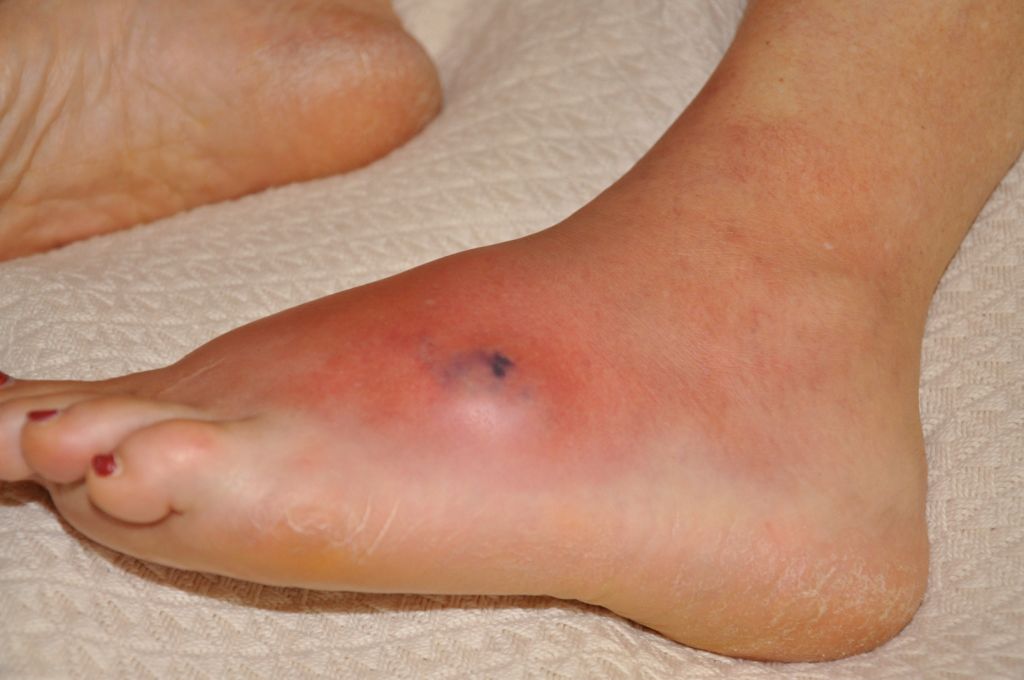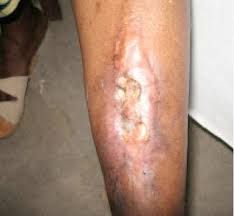Osteomyelitis
Definition
Osteomyelitits is infection and inflammation of the bone and bone marrow
Various Classifications
Acute
Chronic
Pyogenic - Suppurative and Non suppurative
Tuberculous
Aetiology and Incidence
Bacterial : pyogenic organisms : Staphylococcus aureus, Enterobacter species, group A and B streptococcus species, Haemophilus influenzae, Streptococcus species, Salmonella species, anaerobes and Gram-negative bacteria, Pseudomonas aeruginosa, E.Coli
Tuberculous : Mycobacterium tuberculosis : OM may occur secondary to PT
Mycotic infection
In children usually long bones are affected
In adults : the vertebrae and pelvis are affected
Pathogenesis
Mode of infection
3 basic methods
in adults most commonly due to injury exposing the bone to local infection / from areas of contiguous infection (from cellulitis) / seeded Via the bloodstream
Via blood stream - most common
Penetrating trauma including iatrogenic causes such as joint replacements, internal fixation of fractures
In hematogenous spread metaphysis is affected first
Leukocytes surround the infection trying to control spread and Phagocytose the bacteria
They release enzymes that lyse the bone - pus formed - pus spreads into the bone's blood vessels impair the flow - necrosis and dead piece of bone called sequestrum formed. The body forms new bone around the necrotic bone - involucrum - later sclerosis of the bone occurs and deformity is created
The bacteria may become intracellular and escape antibiotics → Chronicity
Investigations
Leucocytosis
X-rays - lytic center with a ring of sclerosis, sequestum, involucrum, raised periosteum
C.T.
MRI
Culture from a bone biopsy, Needle aspirate,surface swabs
Blood culture
Complications of OM
Fracture
Amyloidosis
Endocarditis
Sepsis
Clinical Features
Sudden onset
Chills
High fever
Rapid pulse
General malaise
Local pain - pulsating pain
Extreme tenderness
Chronic OM : continuously discharging sinus
Local swelling, warmth, pain and tenderness
Treatment
General supportive measures like hydration, diet high in vitamins and proteins, correction of anemia
Diseased part immobilized
Warm wet soaks to increse circulation
Pharmacalogic therapy
IV antibiotics initiated against staphylococci - semisynthetic penicillin or cephalosprin, around the clock to sustain high blood level
continued for 3 to 6 weeks. After control orally for 3 months. Oral antibiotics before food
Surgical Management
If nor response to antibiotic therapy infected bone is surgically exposed - purulent and necrotic material removed and irrigated with sterile saline.. Antibiotic-impregnated beads placed in the wound for 2 to 4 weeks
Sequestrectomy
Involucrum is sufficiently removed and saucerization
A closed suction irrigation may be used for 7 to 8 days
External support to prevent fracture
Bone graft later
Nursing Process
Immobilize the part
Pain relieved
Avoidance of weight bearing
Gentle physiotherapy to the joints above and below
Control infection with antibiotics
Wound suction for adequate drainage if needed
Avoid weight bearing
Change dressings with sterile precautions
Monitor general health and nutrition - TPR
Diet high in protein and vitamin C
Teach pt self care - how to administer IV antibiotics
If warranted home visits
2064


